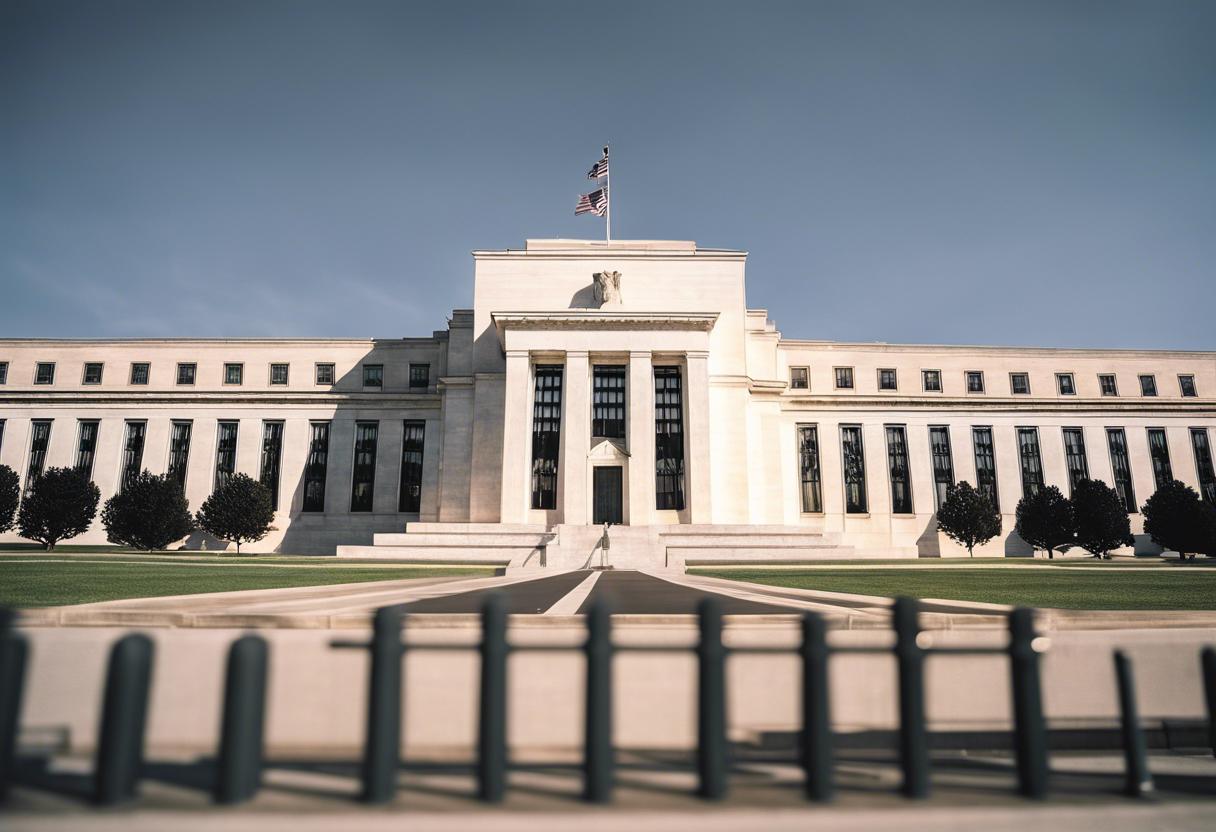The US Federal Reserve is grappling with a difficult decision on whether to implement a more aggressive half-point reduction to the US interest rates in the coming week, surpassing expectations. Alternatively, it could stick with a more moderate quarter-point cut. This comes as speculation mounts regarding the pace at which the institution should soften its monetary policy.
As markets forwardly assume a likelihood of a fairly conservative quarter-point reduction following the key Fed meeting next Wednesday, some question the magnitude of the interest rate trimming. This interest rate reduction which would be the prime monetary policy change in over four years, follows an extended period of stability, with rates maintained at 5.25 per cent to 5.5 per cent, a record 23-year-high. This decision is expected seven weeks prior to the US presidential election in November.
Senior officials at the Fed have lent their support to a series of interest rate cuts, in line with softening inflation rates, and a focus on negating any unnecessary harm to the economy that could arise from excessively high borrowing costs. The immediate challenge now is determining the right time to restore a balanced level that wouldn’t inhibit economic growth.
Opting for a half-point reduction in September would expedite a return to normal borrowing costs, eliminating constraints on the economy and helping to safeguard the labour market from any further deterioration. According to Krishna Guha, vice-chairman of Evercore ISI, such a bold move next week would carry less risk of disrupting the desired gentle slowdown.
Despite the possibility of slow movement in the next week, Donald Kohn, former vice-chairman of the Fed, suggests that the bank could swiftly adjust its policy, similar to the prompt action taken in response to the unexpectedly aggressive inflation in 2022. He feels there is scope to recover a delayed cut through a faster cut pace and predicting future reductions.
Fed policymakers have expressed concern over perturbing downside risks to the economy, although no alarm bells have rung yet over the US economic outlook. Recent minutes reveal several members viewed a rate cut as a plausible move. Encouraging data on job numbers and inflationary trends in recent times have boosted the case for cuts.
Fed chair, Jay Powell, intimated last month that the Fed is committed to reinforcing a robust labour market whilst simultaneously working towards sustainable price stability. On the matter of the scale and speed of the cuts, Christopher Waller, Fed governor, expressed a willingness to consider a larger cut if justifiable. He affirmed, nonetheless, that caution would be applied in any resulting decision.
John Williams, President of the New York Fed, recently expressed uncertainty regarding the magnitude of the impending cut for this month. Still, he reassured that the central bank is well prepared to uphold its objectives regarding inflation and employment. He mentioned that the forthcoming cut’s details would be evaluated and deliberated upon collaboratively.
Implementing a notably severe half-point cut this month could couple with risk, due to recent data unveiling inconsistent results. The latest job reports displayed a reduced monthly growth rate, albeit alongside falling unemployment and ascending wages. Meanwhile, this week’s inflation data depicted dwindling price pressures, despite the core consumer price index’s firming, which excludes fluctuating food and energy prices.
An intensified half-point adjustment could breed apprehension that the central bank is apprehensive regarding the economic forecast. It may cause financial markets to anticipate an even more drastic reduction in rates that exceed the Fed’s intended gradual easing.
Loretta Mester, the former Cleveland Fed President who retired in June, suggested that a case could be made for a 50 basis points reduction. Still, she highlighted that the communications surrounding it could be complex and confirmed no persuasive motive to confront such a challenge.
Richard Clarida, formerly the Fed’s vice-chairman and currently at Pimco, argued that half-point cuts are not assuredly well received or confidence-inducing. He stated that they could potentially project the impression of concealing intelligence from the public.
Moreover, a more considerable cut than expected could incite political criticism. Particularly as Donald Trump, the Republican presidential candidate, has cautioned the Fed against any cuts in September, a short time prior to the election.
Mr Powell recently asserted that the Fed would never manipulate its resources to endorse or challenge a political faction, a politician or any political result.
The futures markets imply that the central bank will decrease rates by a percentage point by the close of the year, suggesting a half-point reduction at one of the three remaining meetings. The Financial Times Limited 2024 holds the copyright on the information.
Discover the most recent episode of our weekly Inside Business podcast here.

